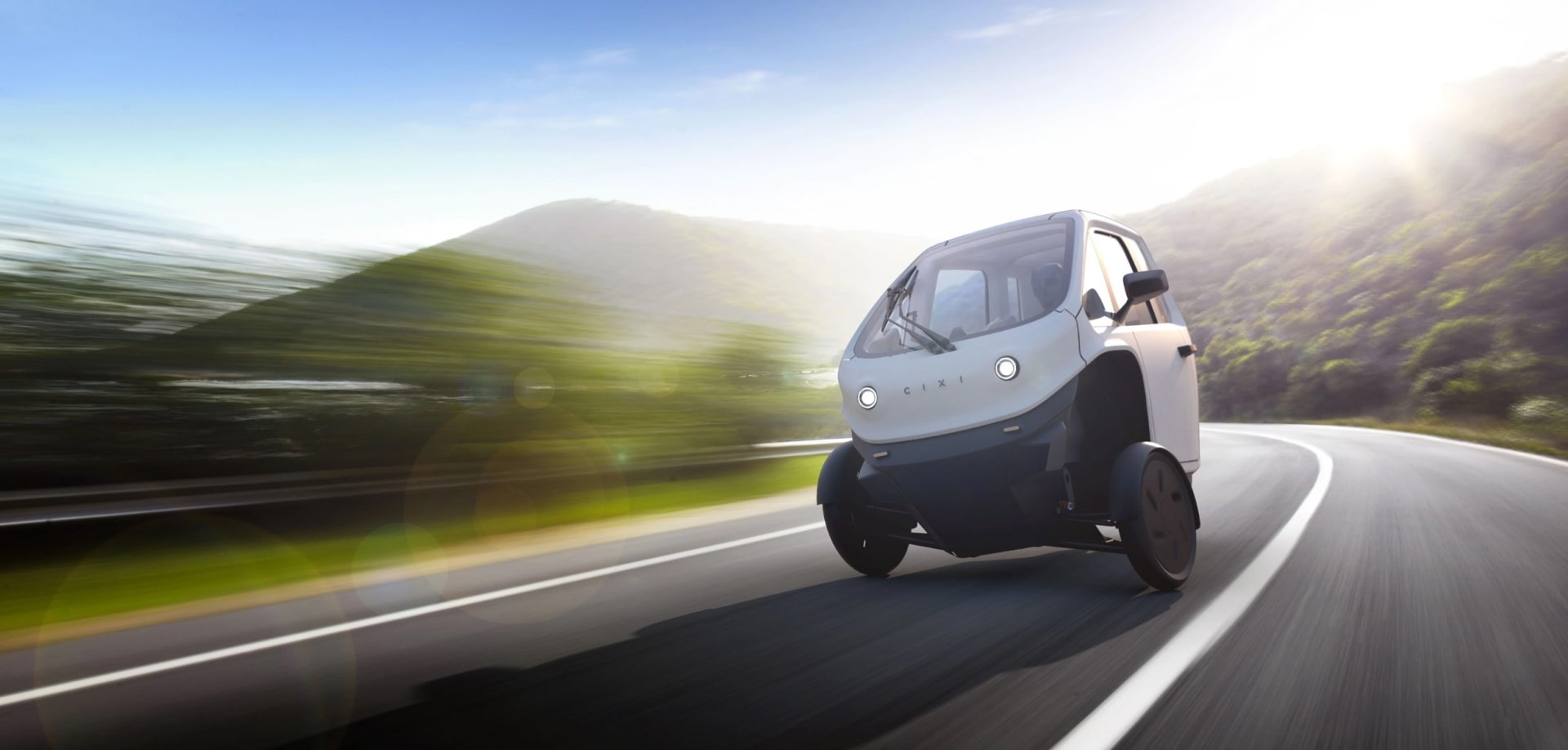
Light Electric Vehicles needed in mobility transition
56 days ago
2 minutes
Dutch trade magazine, Verkeerskunde, reports on the LEVERAGE project partnership for optimizing the potential of Light Electric Vehicles (LEVs)
Source: Verkeerskunde
Light Electric Vehicles (LEVs) are increasingly becoming a common sight in urban environments, encompassing e-scooters, e-steps, e-bikes, and micro cars. These vehicles present significant opportunities for enhancing sustainable mobility. They are virtually emission-free, occupy less space, and are appreciated by users for their efficiency and convenience. LEVs serve not only within cities but also as an effective means of pre- and post-transport for public transit.
However, the integration of LEVs also brings challenges. Issues such as the nuisance caused by shared scooters in cities and safety concerns on cycle paths due to varying speeds are notable obstacles. Addressing these challenges requires innovative and courageous approaches. This need for bold solutions was highlighted during the kick-off event of the LEVERAGE project—a collaboration involving Breda University of Applied Sciences (BUas), Arnhem Nijmegen University of Applied Sciences (HAN), Eindhoven University of Technology (TUE), and various public and private partners.
Eighteen partners have committed to the LEVERAGE project, aiming to maximize the potential of LEVs in making mobility more sustainable, thus contributing to the accessibility, livability, and safety of urban regions. The project emphasizes effective collaboration and knowledge exchange among academic, public, and private entities. The practical, research-oriented approach of LEVERAGE is supported by funding from Regieorgaan SIA, a part of the Netherlands Organization for Scientific Research (NWO).
Four research areas
The LEVERAGE consortium focuses on four key research areas:
- The effects of LEVs on car ownership and use. For example: To what extent and for which target groups can LEVs offer an alternative to a first or second car?
- The integration of LEVs into the existing mobility system. For example: how can LEVs be used to improve the journey to and from public transport stops and train stations?
- The impact of LEVs on road safety and experience. For example: what influence do LEVs have on the safety and experience of cyclists and how do we keep our cycle paths safe?
- Developing new action perspectives and policy development for governments and stakeholders. For example: how do we move from current regulation to proactive collaboration between shared mobility providers, carriers and governments?

LEVA EU
Campaign success
Lorem ipsum dolor sit amet, consectetur adipisicing elit, sed do eiusmod tempor incididunt ut labore et dolore magna aliqua.
Member profile
Lorem ipsum dolor sit amet, consectetur adipisicing elit, sed do eiusmod tempor incididunt ut labore et dolore magna aliqua.